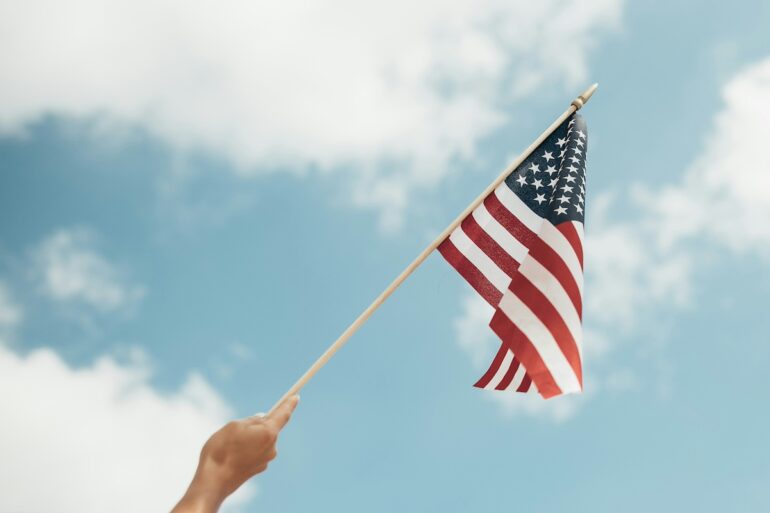We all grew up watching fireworks and eating hot dogs and burgers on 4th of July, but how many of us know about the facts behind the fanfare? Here are a few lesser-known things to know about the USA’s most patriotic holiday.
1. The colonies officially declared independence on July 2.
On July 2, 1776, the Second Continental Congress approved delegate Richard Henry Lee’s motion for independence, rejecting the political bands connecting the 13 American colonies to the crown. July 4 is celebrated as Independence Day because the congress approved the Declaration of Independence on July 4, 1776, after two days of debating and revising its contents. The declaration was just a formal statement and explanation of the split, and it seems the authors intended July 2 to be celebrated as Independence Day. In a July 3 letter to his wife Abigail, John Adams predicted July 2 would be the commemorated date.
2. Few, if any, members of the Congress signed the Declaration of Independence on the Fourth of July
Historians disagree on the precise order of the signing, but it seems most signatories didn’t put their names on the document until August 2. Although several, including Benjamin Franklin and John Adams, later wrote that they signed the Declaration on July 4, many of the signatories weren’t present in Philadelphia until later. Furthermore, the document’s language underwent extensive revision until it was approved on July 4, and it would have taken time for an official copy to be handwritten on parchment, making it unlikely that the final copy was signed on July 4.
3. Thomas Jefferson’s draft of the Declaration of Independence condemned slavery.
Although Thomas Jefferson owned slaves, his original draft of the Declaration contained language condemning King George III’s support for the slave trade as “a cruel war against human nature itself, violating its most sacred rights of life and liberty.” Despite such stirring, humanistic language, it seems that Jefferson’s main complaint against the English king was related to Dunmore’s Proclamation, a 1775 law passed by Lord Dunmore, the British governor of Virginia. The proclamation promised Virginia slaves freedom in exchange for serving in the British army.
4. Be (extra) careful when driving on the Fourth.
According to the National Highway Traffic Safety Administration, 1,460 people died in car crashes over the Fourth of July period from 2017 to 2021, making it the most fatal motoring day of the year. Last year, California Highway Patrol made 1,224 arrests for driving under the influence, and the agency reported that 68 people died on California roads on the Fourth.
5. Your fireworks and American flag were probably made in China
According to UN ComTrade data, the United States imported $357.2 million’s worth of fireworks from China in 2023, about 91 percent of total U.S. fireworks imports. This figure is actually a decrease from $544.8 million imported in 2022. Chinese goods also account for almost all U.S. imports of American flags. In 2022, Americans spent $6 million on U.S. flags from China, though last November the Senate passed the All-American Flag Act to prohibit the federal government from purchasing U.S. flags made abroad.
6. The melody of the “Star-Spangled Banner” came from the official song of an English club
The tune that Francis Scott Key set the lyrics of the national anthem to came from “To Anacreon in Heaven,” the anthem of the Anacreontic Society, a gentlemen’s club of amateur musicians in London. The club was named for the Greek poet Anacreon, who was famous for his verse about women and drinking, and the song was likely a tavern standard in colonial America.


